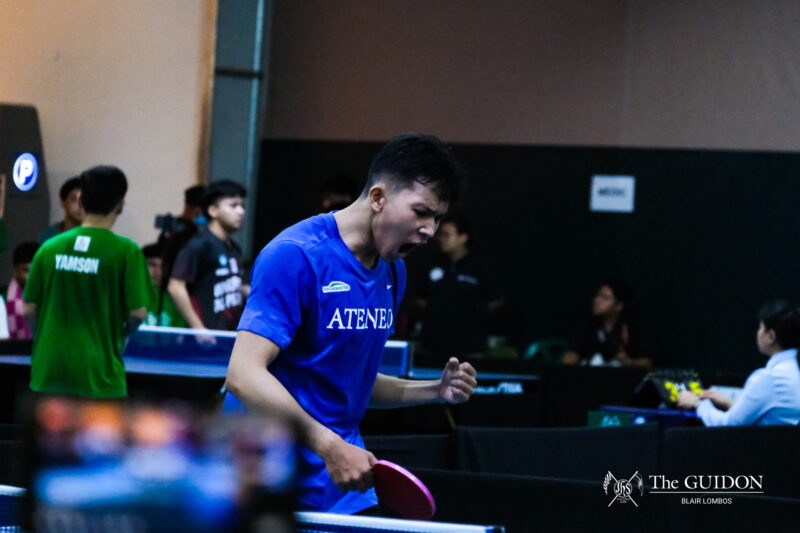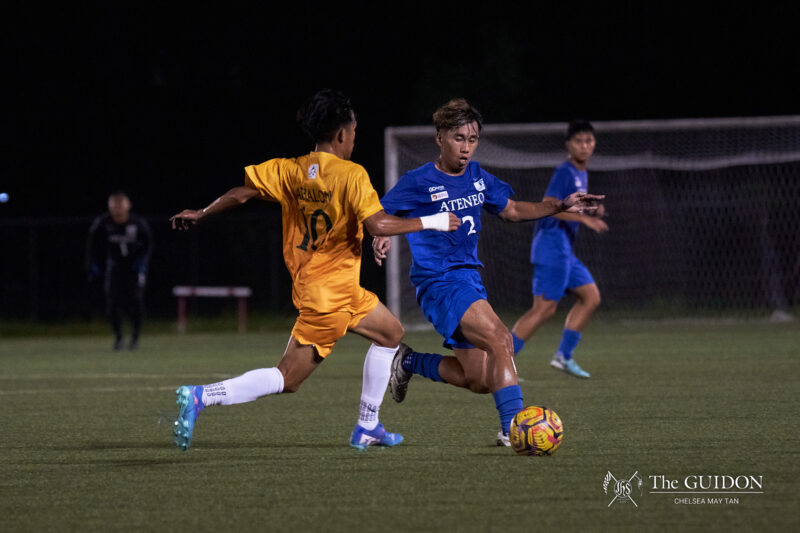THERE ARE at least 3.4 million Filipino Americans residing in the United States of America, reports the 2010 American Community Survey. While this is a small fraction, about 1.1% of the entire American population, “Fil-Ams” over the years have been making their presence more felt and relevant in the foreign land.
More than legality
English Department Assistant Professor Ma. Socorro Perez, PhD, explains that the word “Fil-Am” does not have a definite meaning since it could be used in different ways and contexts.
“The project or the task of understanding Filipino American identity entails an interrogation of the circumstances of migration, the legacy of history, memories and relations with the homeland, alongside the demands of settling in the new host country,” Perez says.
However, for psychology junior Rexelle Piad, who is Filipino American, “there’s more to being a Filipino or an American than what’s on your birth certificate.” What defines a Filipino American, she believes, is one’s upbringing in a culture where he or she has been exposed.
Piad also shares that she did not grow up nor stay in the United States long enough for her to live the Filipino American culture. Nothing really makes her a Filipino American, she says, aside from being born in the said country.
When asked about how being a Filipino American citizen has affected her life, Piad responds, “Aside from the different passport and the sad fact that I can’t vote for the upcoming [Philippine general] elections, I don’t think there’s much of a difference.”
Uniquely Filipino
Meanwhile, Matt Velasco, also a psychology junior, affirms his identity as a Filipino American. He says that he was generally exposed to both Filipino and American cultures. However, despite having lived in America as a child, he thinks that, in his core, he is still influenced by traditional Filipino values.
“It sets you apart from others, as I feel from time to time, but it’s neither a positive nor a negative difference,” Velasco says. He adds that “[Americans would] always know Filipinos for their cheeriness, their hospitality, being incredibly generous, their meticulousness with money and their great cooking.”
Velasco explains that Filipino Americans have formed a community with distinctive characteristics that set it apart from larger American society.
Alex Davis, an international business and management sophomore from Otterbein University in Ohio, lived in the Philippines for 15 years. His parents, a Filipino mother and an American father, sent him to the United States to pursue his college studies.
Davis’ experience thus far has showed him how Filipinos in the United States are delighted whenever they see their fellow kababayans around.
“When you say that you are half Filipino or Filipino to someone, the first reply you would get would either be, ‘So you’re Asian?’ or some people are respectful enough to say, ‘What made you decide to come here?’”
This reveals that distinction between races is evident in America. This creates a gap between those who belong to the majority of White Americans and those who do not.
Political participation
With an increasing population, Filipino Americans have also been involved in socio-political issues and events in the United States, particularly in the last presidential election.
Exit polls from the Asian American Legal Defense Fund showed that 77% of Asian Americans voted for Obama, while 21% voted for Republican candidate Mitt Romney. Meanwhile, 65% of Filipino Americans voted for Obama, while 32% voted for Romney.
Furthermore, at least 40 Filipino American candidates also participated in the last elections. Twenty-six of them successfully won in different states, according to a report by Rappler published last November 17, 2012.
With Obama as president once again, Filipino Americans urged him to fulfill his plans for the immigrant community by implementing immigration reform. Obama promised this in 2008 and restated such after winning in the 2012 elections.
Mobility is key
Prior to the elections, Filipino Americans have formed strong commitments to register and vote.
For the community leaders, constructing a politically influential ethnic community was the priority, in the interest of making their presence felt in the elections. A non-partisan voter mobilization project called the FilAm Vote Coalition of Hampton Roads (Favcohr), for example, was formed.
Favcohr focused on the mobilization of at least 40,000 Filipino American voters in the Hampton Roads region of southern Virginia. Among many other such projects in the United States, it promoted political awareness among Filipino Americans.
Community-building efforts of Filipino Americans in the United States have allowed them to secure a space for recognition in a foreign land. With a realization of this feat, Filipino Americans are also continuously undergoing a process of discovering, forming and asserting their identity as a people.



